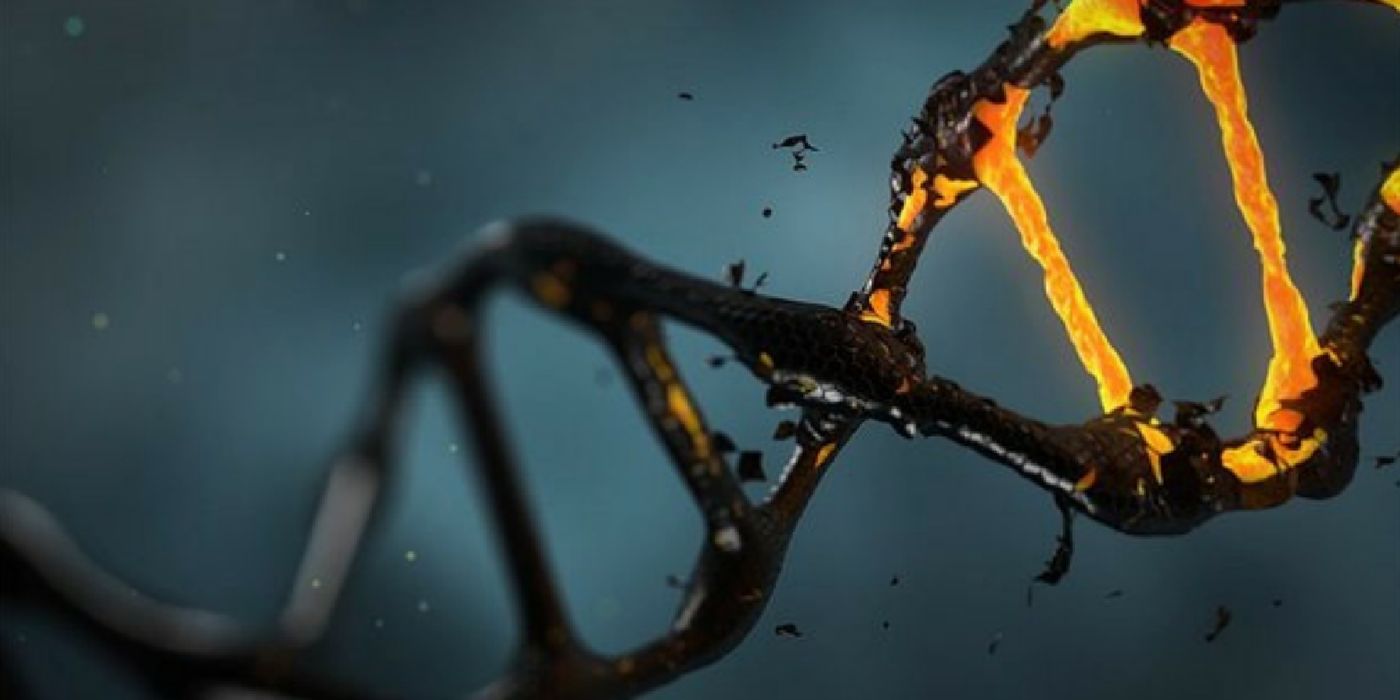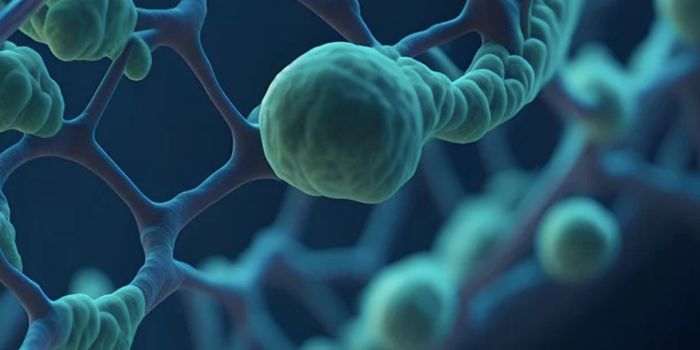By carefully observing how DNA is packaged inside of cancer cells, scientists have developed a therapy that they say can destroy such cells in just three days. The new approach focuses on altering the configuration of the cancer cells’ DNA, and promises future therapy that’s more effective for cancer patients.
While individual genes and mutations often steal the headlines for cancer association, it’s rarely the case that only one gene is involved. "Complex diseases such as cancer do not depend on the behavior of individual genes, but on the complex interplay among tens of thousands of genes,” explained Vadim Backman, co-author and researcher at the McCormick School of Engineering at Northwestern University in Evanston, IL.
As such, Backman and colleagues were interested in a higher level of DNA involvement in cancer. More specifically, they had a hunch that DNA packaging -- how the strands are wrapped, coiled, and condensed inside the nucleus of a cell -- could be cancer’s “Achilles heel.”
"If you think of genetics as hardware," said Backman, "then chromatin is the software." Chromatin is the macromolecule in genetics, comprising of DNA and proteins. Of interest to cancer geneticists, chromatin can regulate gene expression. In its condensed state (heterochromatin), genes are turned off. Conversely, in its relaxed state (euchromatin), DNA is accessible and ready to be expressed. Cancer cells take advantage of these chromatin states for their own survival and proliferation.
The team first devised a way to understand how chromatin behaves in cancer cells. Using a technique called Partial Wave Spectroscopic (PWS) microscopy, they analyzed cancer cells’ chromatin structure in real-time.
In contrast to healthy cells, cancer cells adopted a chromatin “packing density” to help them survive. Moreover, disordered packing density seemed to make these cells more sensitive to chemotherapy. Alas, this was the weakness the team was searching for.
"Just by looking at the cell's chromatin structure, we could predict whether or not it would survive," said Backman. "Cells with normal chromatin structures die because they can't respond; they can't explore their genome in search of resistance. They can't develop resistance."
Next, the team identified drugs that could induce this chromatin vulnerability in cancer cells. Luckily, the drugs that worked for this purpose, Celecoxib and Digoxin, have already been approved by the Food and Drug Administration. In the context of altering the cancer cells’ chromatin packaging, the team referred to these drugs as chromatin protection therapeutics (CPTs).
After treatment with CPTs, cancer cells treated with chemotherapy had a precipitous death toll.
"Within 2 or 3 days, nearly every single cancer cell died because they could not respond. The CPT compounds don't kill the cells; they restructure the chromatin. If you block the cells' ability to evolve and to adapt, that's their Achilles' heel."
While the approach is new and shows remarkable promise, the team is tempered with cautious optimism. "There is a big difference between cell cultures and humans," says Backman. "You never know how the environment inside the human body will affect cancer's behavior or if there will be unforeseen side effects."
Additional sources: MNT









